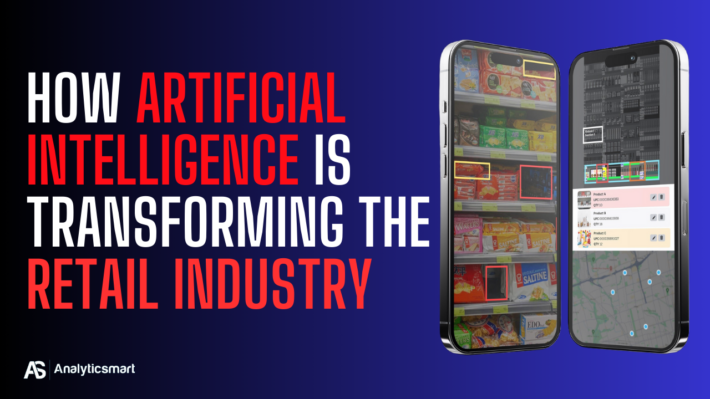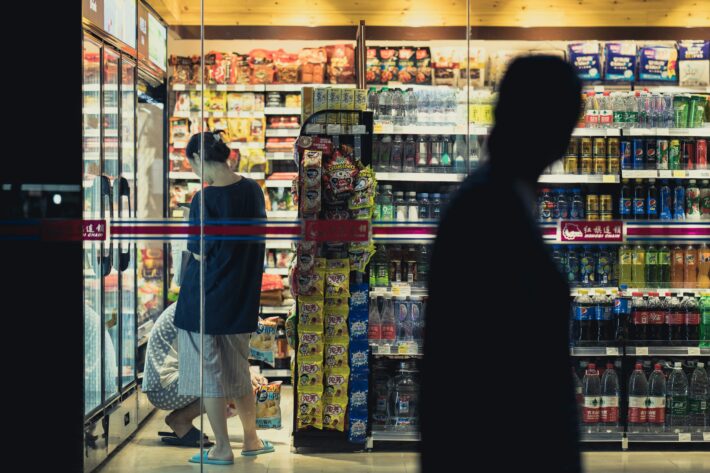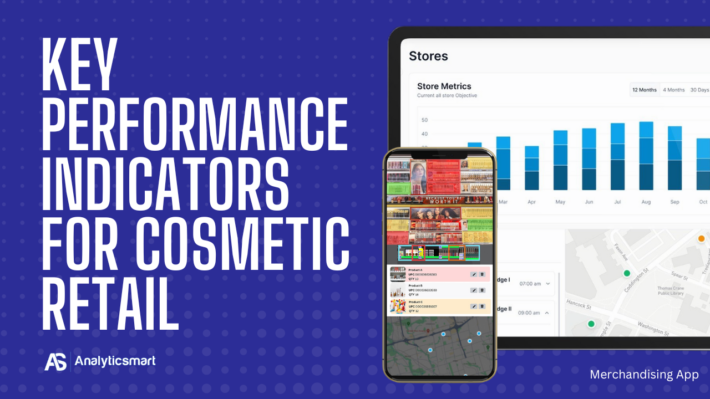AI Use Case in Retail: Retail Object Detection
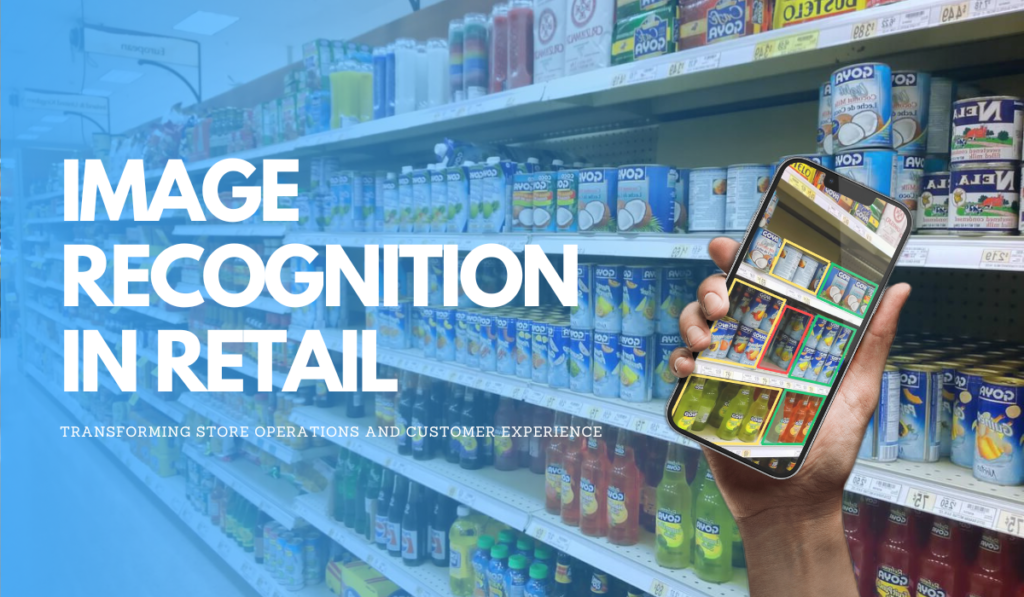
In today’s fast-paced retail environment, artificial intelligence (AI) has emerged as a game-changer, transforming every aspect of the industry from supply chain optimization to customer experience. One of the most compelling applications of AI is retail object detection. This technology allows retailers to identify and track products on shelves, analyze customer behavior, and streamline store operations. Retail object detection is not just about automation—it’s about enhancing operational efficiency, improving inventory management, and creating a more personalized shopping experience.
Key Use Cases of Retail Object Detection
1. Automated Inventory Management
One of the most significant benefits of retail object detection is automated inventory management. Traditionally, retailers rely on manual shelf checks, which are time-consuming and prone to human error. AI-powered object detection automates this process by constantly monitoring shelves for stock levels, ensuring that:
- Products are restocked promptly.
- Out-of-stock items are detected and flagged.
- Overstocking is minimized, reducing waste and storage costs.
This real-time visibility helps retailers make data-driven decisions about replenishment, promotions, and product placement.
2. Planogram Compliance
Planograms—visual diagrams that dictate how products should be arranged on shelves—are essential for ensuring consistency and maximizing sales. However, maintaining planogram compliance across multiple locations can be challenging. Retail object detection can:
- Automatically verify product placement.
- Identify misplaced or missing items.
- Provide visual proof of compliance for audits.
By improving compliance, retailers can ensure a better shopping experience and maximize product visibility.
3. Shrinkage Reduction
Shrinkage due to theft, damage, or administrative errors is a major challenge for retailers. Retail object detection can help mitigate this issue by:
- Monitoring high-theft areas in stores.
- Identifying suspicious behavior patterns.
- Detecting product removals without purchase.
By integrating with store security systems, object detection can enhance loss prevention strategies and reduce overall shrinkage.
4. Enhanced Customer Experience
Retail object detection plays a critical role in improving the in-store shopping experience. For example:
- Product Recommendations: By recognizing items placed in a shopping cart, AI can offer personalized product recommendations or promotions.
- Faster Checkout: Object detection can be integrated with self-checkout systems to automatically scan and recognize items, speeding up the checkout process.
- Guided Assistance: AI-powered kiosks can guide customers to the exact location of items they are looking for.
These enhancements not only save time for customers but also increase sales and brand loyalty.
5. Dynamic Pricing and Promotions
With real-time insights from retail object detection, retailers can implement dynamic pricing strategies based on stock levels, demand, and competition. For instance:
- Discounting slow-moving items to clear shelf space.
- Offering promotions on complementary products.
- Adjusting prices based on regional demand patterns.
This level of flexibility helps retailers remain competitive and responsive to market changes.
6. Shelf Health Monitoring
Retail object detection can also be used to monitor the health of store shelves. It can:
- Detect empty spaces or low stock levels.
- Identify damaged packaging or expired products.
- Ensure shelves are clean and organized.
By maintaining shelf health, retailers can improve overall store aesthetics and customer satisfaction.

Benefits of Retail Object Detection
1. Operational Efficiency
Automating repetitive tasks such as inventory checks and planogram compliance frees up staff to focus on higher-value activities like customer service and merchandising.
2. Improved Accuracy
AI-driven object detection reduces human error, ensuring more accurate inventory counts, product placements, and compliance checks.
3. Real-Time Insights
Retailers gain real-time visibility into stock levels, sales trends, and customer behavior, enabling them to make more informed decisions.
4. Cost Savings
By minimizing shrinkage, reducing stockouts, and optimizing labor, retail object detection can lead to significant cost savings over time.
5. Scalability
AI-powered object detection systems can easily scale across multiple store locations, providing consistent performance regardless of store size or layout.
Challenges and Considerations
While retail object detection offers numerous benefits, there are some challenges to consider:
1. Data Privacy and Security
Collecting and analyzing in-store data raises privacy concerns. Retailers must ensure that customer data is anonymized and stored securely.
2. Hardware and Infrastructure Costs
Implementing object detection requires investment in cameras, sensors, and processing infrastructure. Retailers must weigh these costs against the expected ROI.
3. Model Training and Accuracy
AI models need to be trained on diverse datasets to recognize various products accurately. Continuous training and fine-tuning are essential to maintain high accuracy.
4. Integration with Existing Systems
Seamless integration with inventory management, point-of-sale (POS), and customer relationship management (CRM) systems is critical for maximizing the value of object detection data.

Future Trends in Retail Object Detection
The future of retail object detection is promising, with several emerging trends on the horizon:
- AI-Powered Robots: Autonomous robots equipped with object detection capabilities can patrol store aisles, monitoring shelves and providing real-time stock updates.
- Edge AI: Advancements in edge computing will enable faster, more efficient processing of object detection data at the store level.
- Augmented Reality (AR) Integration: AR applications can leverage object detection to provide interactive shopping experiences, such as virtual try-ons or guided store tours.
- Personalized Shopping Experiences: As AI becomes more sophisticated, retailers can use object detection to create hyper-personalized shopping experiences tailored to individual preferences and behaviors.
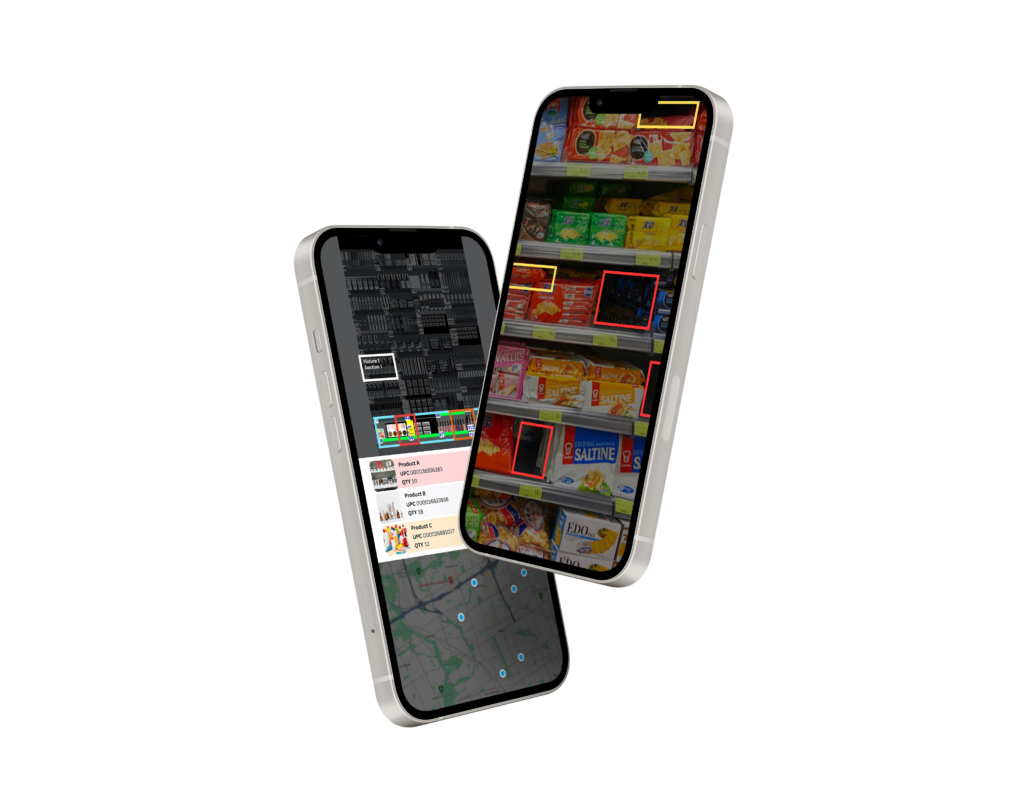
AI and Image Recognition in the Merchandising App by Analyticsmart
The Merchandising App by Analyticsmart leverages cutting-edge AI and image recognition technology to revolutionize retail execution. Designed to ensure planogram compliance, optimize displays, and drive consistent execution across all retail locations, our app empowers field teams and managers with actionable insights and automation that enhance both performance and the customer experience.
Let’s explore how AI and image recognition elevate retail operations:
Image Recognition at Its Best: Ensuring Display Perfection
At the core of our Merchandising App is AI-powered compliance and image detection. This advanced feature uses in-store images uploaded by field teams to automatically verify planogram adherence, ensuring that product placements and displays match brand guidelines.
Real-Time Detection & Corrective Actions
- Misplaced items, incorrect shelf arrangements, or missing promotional displays are identified in real time.
- Automated alerts are triggered for immediate corrective action, reducing manual audits and ensuring display consistency across all stores.
By automating compliance, retailers can trust that every shelf reflects their brand standards, maximizing sales opportunities.
Optimize Field Operations: Seamless Task Management
Efficient merchandising requires well-organized teams. Our Merchandising App simplifies task management by providing a platform for managers to:
- Create, assign, and track tasks in real-time
- Ensure tasks are completed accurately and on schedule
With instant updates and intuitive task assignment, the app ensures that field teams are aligned and working efficiently to execute merchandising strategies. Managers can track task progress on the go, ensuring store performance remains consistent.
Unlocking Insights: Real-Time Analytics & Decision-Making
Data is only as valuable as the insights it provides. The Merchandising App equips managers and field teams with real-time access to:
- Planogram compliance reports
- Sales and promotion performance analytics
These insights empower decision-makers to optimize product placement, promotions, and inventory in real time. Field teams can also adjust displays or stock placement on the spot, ensuring better store execution and increased customer satisfaction.
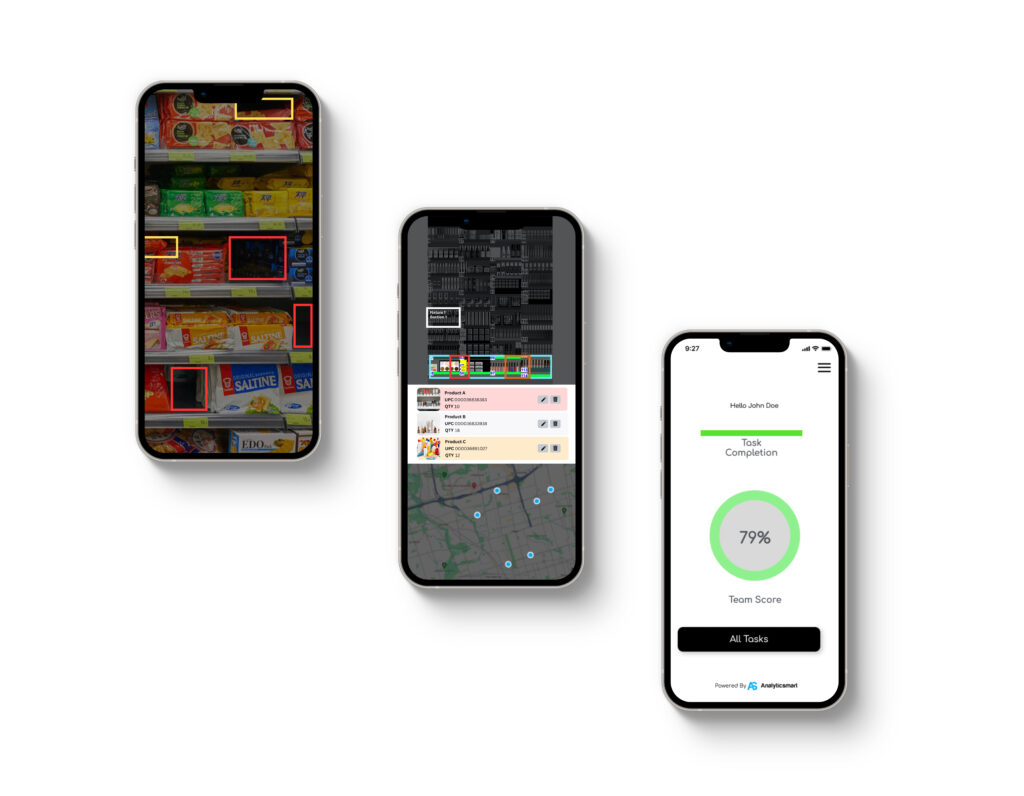
Why AI-Driven Image Recognition Matters in Retail
The combination of AI and image recognition in our Merchandising App transforms retail execution by ensuring display perfection, reducing operational errors, and enabling better decision-making. Whether it’s streamlining shelf audits or boosting team engagement, the app provides retailers with the tools needed to thrive in a competitive retail landscape.
By choosing Analyticsmart’s Merchandising App, retailers can enhance customer experiences, increase sales, and elevate their brand’s in-store execution to the next level.
Have A Question?
Learn how Analyticsmart can elevate your retail performance with data-driven insights and customized solutions.
Contact Sales
Have a question or comment? Submit your message through our contact form and a member of our team will get back to you within 24 hours.
Marketing Head | Analyticsmart
Unlock Your Retail Potential With Us

